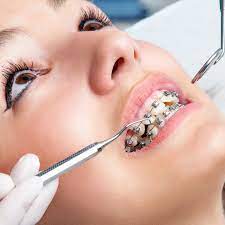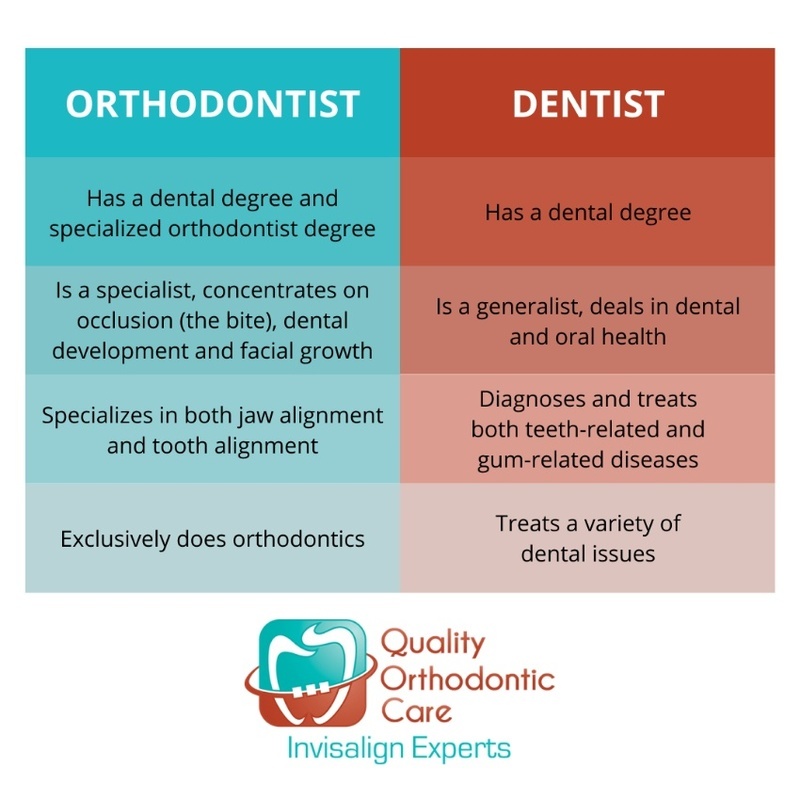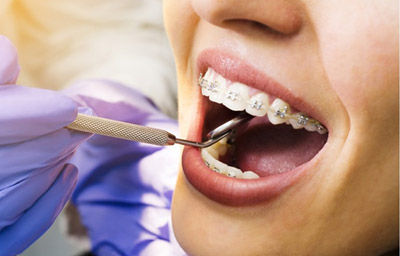Facts About Causey Orthodontics Revealed
Wiki Article
Examine This Report on Causey Orthodontics
Table of ContentsThe Ultimate Guide To Causey OrthodonticsIndicators on Causey Orthodontics You Need To KnowFascination About Causey OrthodonticsFacts About Causey Orthodontics UncoveredThe Ultimate Guide To Causey Orthodontics
Overlooking occlusal partnerships, it was normal to eliminate teeth for a variety of dental concerns, such as malalignment or congestion. The concept of an undamaged dentition was not widely valued in those days, making bite connections seem unnecessary. In the late 1800s, the principle of occlusion was crucial for developing reliable prosthetic replacement teeth.As these principles of prosthetic occlusion advanced, it became an invaluable tool for dental care. It remained in 1890 that the work and influence of Dr. Edwards H. Angle began to be felt, with his payment to modern-day orthodontics specifically noteworthy. Focused on prosthodontics, he educated in Pennsylvania and Minnesota before routing his focus in the direction of oral occlusion and the treatments required to preserve it as a normal condition, therefore becoming understood as the "father of modern orthodontics".

The principle of excellent occlusion, as proposed by Angle and included right into a classification system, allowed a shift towards treating malocclusion, which is any variance from typical occlusion. Having a full set of teeth on both arches was extremely looked for after in orthodontic therapy because of the need for exact partnerships in between them.
Causey Orthodontics Things To Know Before You Buy
As occlusion came to be the crucial concern, facial percentages and looks were neglected - best orthodontist near me. To accomplish excellent occlusals without utilizing exterior pressures, Angle proposed that having best occlusion was the best method to gain optimal face aesthetic appeals. With the passing away of time, it became rather obvious that also a phenomenal occlusion was not appropriate when taken into consideration from a visual point of viewCharles Tweed in America and Raymond Begg in Australia (that both studied under Angle) re-introduced dentistry extraction into orthodontics during the 1940s and 1950s so they could improve facial esthetics while likewise guaranteeing much better security concerning occlusal connections. In the postwar period, cephalometric radiography started to be used by orthodontists for measuring modifications in tooth and jaw setting triggered by development and therapy. It became noticeable that orthodontic therapy could readjust mandibular development, resulting in the development of useful jaw orthopedics in Europe and extraoral pressure measures in the US. These days, both functional devices and extraoral tools are applied around the globe with the aim of changing development patterns and kinds. Pursuing real, or at the very least boosted, jaw connections had become the major purpose of treatment by the mid-20th century.
Getting My Causey Orthodontics To Work
 The American Journal of Orthodontics was developed for this function in 1915; before it, there were no clinical purposes to follow, neither any type of specific classification system and braces that did not have functions. Till the mid-1970s, dental braces were made by covering metal around each tooth. With developments in adhesives, it became feasible to rather bond metal brackets to the teeth.
The American Journal of Orthodontics was developed for this function in 1915; before it, there were no clinical purposes to follow, neither any type of specific classification system and braces that did not have functions. Till the mid-1970s, dental braces were made by covering metal around each tooth. With developments in adhesives, it became feasible to rather bond metal brackets to the teeth.This has had purposeful impacts on orthodontic therapies that are carried out consistently, and these are: 1. Appropriate interarchal connections 2. Correct crown angulation (tip) 3.
The advantage of the design hinges on its bracket and archwire mix, which calls for just very little cable bending from the orthodontist or clinician (cheapest orthodontist near me). It's appropriately called after this feature: the angle of the slot and density of the brace base eventually identify where each tooth is located with little need for added adjustment
Facts About Causey Orthodontics Revealed
Both of these systems employed the same brackets for each and every tooth and required the bending of an archwire in 3 planes for finding teeth in their desired settings, with these bends determining utmost positionings. When it concerns orthodontic devices, they are split right into two types: detachable and repaired. Detachable appliances can be handled and off by the patient as needed.
Thus, virtually all modern-day fixed appliances can be taken into consideration variations on this edgewise appliance system. Early 20th-century orthodontist Edward Angle made a significant contribution to the globe of dental care. He produced four distinctive home appliance systems that have been made use of as the basis for numerous orthodontic treatments today, disallowing a few exemptions.
Excitement About Causey Orthodontics

The cord finished in a string, and to relocate it ahead, an adjustable nut was used, which enabled an increase in area. By ligation, each specific tooth was affixed to this large archwire (affordable orthodontist near me). Because of its minimal array of motion, Angle was incapable to accomplish precise tooth placing with an E-arch
These tubes held a soldered pin, which can be rearranged at each appointment in order to relocate them in place. Referred to as the "bone-growing home appliance", this gizmo was thought to encourage much healthier bone growth as a result of its potential for moving force directly to the origins. However, applying it verified bothersome in truth.
Report this wiki page